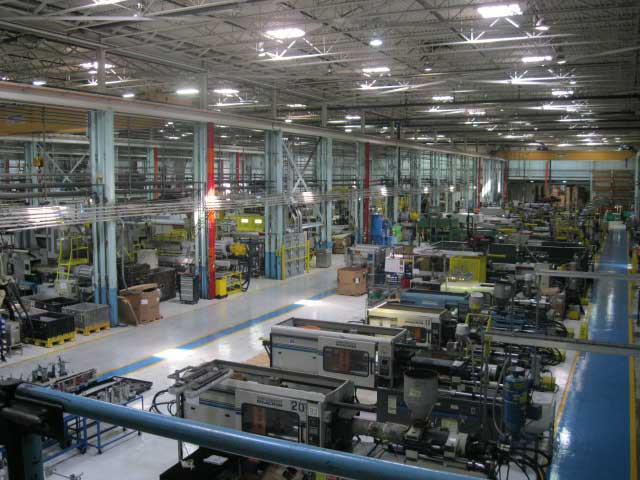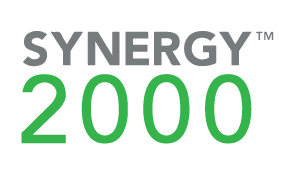A.P. Plasman-Windsor Plant Saves a Week’s Worth of Production Using Synergy 2000
Executive Summary: A.P. Plasman manufacturers and paints plastic exterior moldings for cars. They manufacture any plastic exterior part of the car such as body side molding, door pillars, front grills, license garnish, back panel, trunk skins, spoilers, etc.
Case Study | Automotive, Case Studies, Culture of Quality, Manufacturing, Role, Synergy 2000

The Challenge
- Reduction of quality spills at sister paint facilities
- Operators spend an hour’s time on data entry and calculation for 200 to 250 parts
- Laborious data entry
The Solution

The Results
- Better visibility to the quality of outgoing product
- Reduction in dimensional spills
- Save operators time on data entry and calculation for 200 to 250 parts
- 30% saving per day on data entry
The Details
“We make any plastic part that goes on the exterior of the car such as body side molding, door pillars, front grills, license garnish, back panel, trunk skins, spoilers, etc.,” said Ted Black, QA Manager for the A.P. Plasman-Windsor Plant. A.P. Plasman has four locations with a 5th opening in Alabama in the summer of 2011. Windsor Plant 1 does the molding and then sends the stock to the two paint locations. “There can be a week of inventory between plants depending on lead times for paint schedules.
Before we implemented Synergy 2000 there was a risk if that we had stock in the pipeline that was out-of-specification we wouldn’t know about it for a week,” said Black. “Obviously, this would affect our productivity and our bottom line.” Black explained that one big challenge is spill prevention at their sister paint plants. When they create the part, they must take into account the shrink rate during the paint process. “Synergy has helped us with dimensional spills. We had dimensional spills on a significant number of our 200 to 250 parts,” said Black.” Synergy helps us identify the risks before they become rejections. Using Synergy 2000, we have seen a significant reduction in the products going out-of-specification.”
“The thing I like about Synergy 2000 is the speed at which you get the data. At the manager level I really appreciate that you can pinpoint emerging problems in the system and prevent them from becoming external problems at a sister plant location.”
— Ted Black, QA Manager for the A.P. Plasman-Windsor Plant.
“We have also saved a significant number of man-hours on Statistical Process Control (SPC) reporting from when we performed reporting without the Synergy 2000 SPC software. Previously, we had paper charts that operators would have to fill in the data and plot the data onto a graph. The data entry would take a ½ hour to an hour and then you had to perform the calculation. The capability calculation is very important to us. This was done for 200-250 parts,” Black recalls. “Now you just take the measurement and run the capability report.”
“We also estimate we are saving approximately 30% of an operator’s day due to data entry. Now that we have Synergy 2000, you open up the program and enter the reading. Using an RS232 cable, you can take the measurement, hit the foot pedal, and it automatically puts the reading in the software. We have also used Synergy to automatically download readings from an indicator directly to the program,” said Black. “One part can have as many as 22 SPC ports. Using Synergy 2000 we have eliminated data entry errors. We are able to measure that part completely and save 30% of our time doing it.”
“The thing I like about Synergy 2000 is the speed at which you get the data,” said Black. “At the manager level, I really appreciate that you can pinpoint emerging problems in the system and prevent them from becoming external problems at a sister plant location.”
Synergy 2000 has also helped with new product development which means generating new revenue. “Using the data from Synergy 2000, we can estimate if we can maintain quality requirements for new products for new customers,” explained Black.
“We also estimate we are saving approximately 30% of an operator’s day due to data entry…Using Synergy 2000 we have eliminated data entry errors. We are able to measure that a part completely and save 30% of our time doing it.”
— Ted Black,
QA Manager for the A.P. Plasman-Windsor Plant
